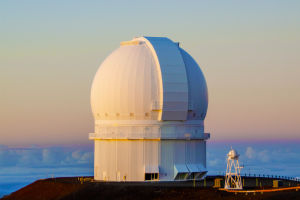Gasoline, a combustible hydrocarbon mix distilled from petroleum, stands as a vital fuel.
It presents as a colorless to pale liquid at room temperature, boiling between 30℃ and 220℃.
Amid the array of light petroleum products, gasoline holds a prominent place in engine fuel. Its variants encompass straight-run, thermal cracking, catalytic cracking, reforming, blended, hydrocracking, alkylated, and synthetic types.
Petroleum encompasses gaseous, liquid, and solid hydrocarbon blends, a naturally occurring resource. Distinguished as crude oil, natural gas, liquids, and bitumen, "petroleum" typically references "crude oil." This thick, dark liquid, often termed "industry's lifeblood," is stored in upper crustal regions, comprising diverse alkanes, cycloalkanes, and aromatics. A focal point in geological exploration.
debates on petroleum's origins pivot between biogenic and abiogenic theories. The widely accepted biogenic view links petroleum's genesis to ancient biota in marine or lake environments, formed through prolonged biological sedimentation, and considered non-renewable. In contrast, the abiogenic perspective attributes petroleum to carbon within the crust, implying renewable sources and detachment from biotic factors.
Petroleum serves as both fuel and a cornerstone for chemical products like solvents, fertilizers, insecticides, and plastics.
Discernible disparities between gasoline and petroleum:
1. Source: Petroleum emerges from subterranean reservoirs, evolving from ancient biota. Gasoline, a derivative of petroleum, results from refining processes.
2. Appearance: Petroleum, extracted from deep underground, appears black, viscous, and liquid. In contrast, gasoline, post-refinement, is transparent and liquid.
3. Purpose: While petroleum yields various fuels and serves as a raw material, gasoline chiefly fuels vehicles and combustion engines based on hydrocarbon chain lengths.
In the poetic ballet of Earth's offerings, the contrast between gasoline and petroleum emerges as a testament to the intricate marvels woven by nature's hand.
Each droplet of gasoline, distilled from the subterranean reservoirs of petroleum, not only fuels our engines but also symbolizes the heartbeat of progress.
Amidst the labyrinthine layers of the Earth, petroleum's genesis speaks of eons past, resonating with the essence of our planet's narrative. Conversely, the transparent vitality of gasoline, refined and harnessed for our technological prowess, represents a chapter in humanity's innovation.
In the grand tapestry of the Earth's wonders, the dichotomy between gasoline and petroleum stands as a testament to the intricate workings of nature's artistry. Each drop of gasoline, distilled from the depths of subterranean reservoirs of petroleum, not only propels our engines but also embodies the rhythmic pulse of human advancement and industrial evolution.
Within the labyrinthine layers of our planet's history, the genesis of petroleum reverberates with the whispers of epochs past, resonating with the very essence of our planet's narrative. Conversely, the transparent vitality of gasoline, meticulously refined and harnessed to power our modern marvels, inscribes a chapter in the annals of human innovation and technological prowess.
In these subtleties lies a profound and compelling narrative—a testament to the inseparable bond between nature's boundless offerings and humanity's transformative ingenuity. Let us tread lightly upon this tapestry, acknowledging the sanctity of these gifts bestowed upon us, as we navigate a path of conscious stewardship and sustainable coexistence, honoring the delicate balance between our pursuits and the generous offerings of our nurturing Earth.


